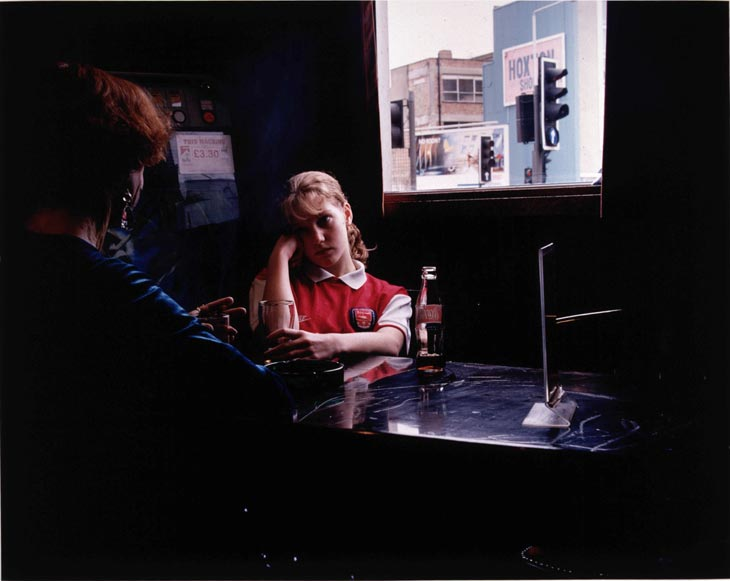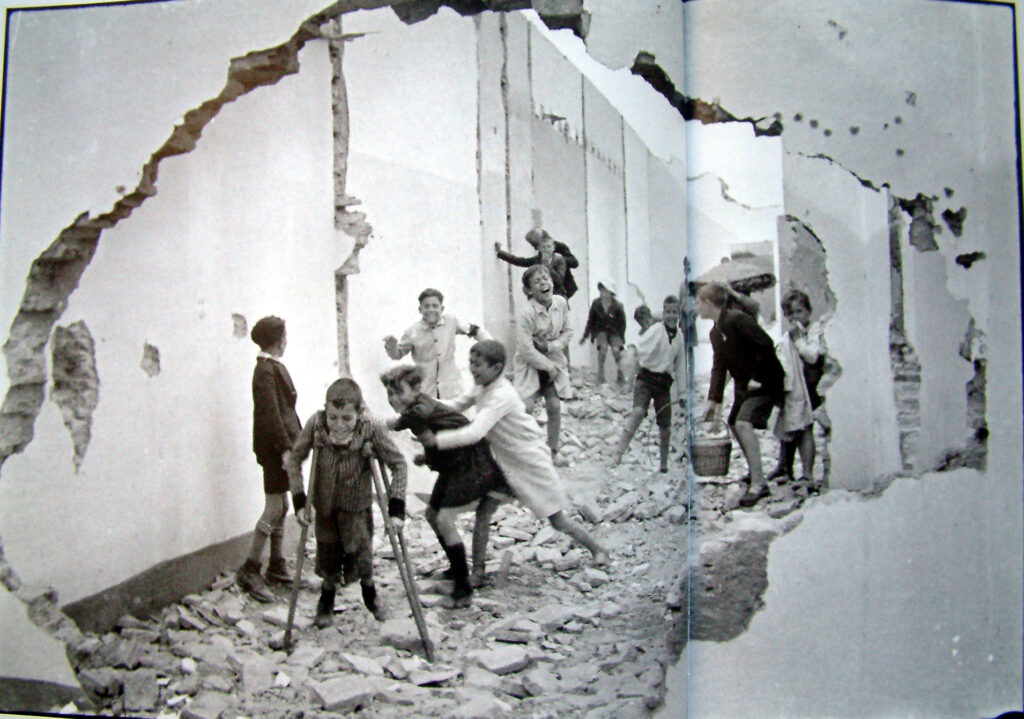Follow these instructions:
- Read two texts above (John Szarkowski’s introduction and review by Jed Pearl) and select 3 quotes form each that is relevant to your essay.
- Select two images, one that represent a mirror and another that represents a window as examples to use in your essay.
- Use some of the key words that you listed above to describe what the mirrors and windows suggest.
Essay plan
Introduction (250 words): Reflect on the origin of photography and describe in your own words the difference between the two photographic processes, Daguerreotype and Calotype. Consider how they could be viewed as either a mirror or a window of the world according to John Szarkowski’s thesis. Choose one quote from Szarkowski’s text and comment if you agree or disagree.
Invented in 1839, Daguerreotype was the name of the process and what the resulting image was called. With this being one of the first commercially available processes was what made it so popular. The process created a very detailed image on a copper plated sheet, which was a positive image that could not be produced . The silver copper plated sheet was polished and treated with fumes making it light sensitive. Within the same year of 1839 Henry fox talbot developed the same process which he named calotype. These stages were called developing, fixing and printing, producing a paper negative which could be printed over and over again. He discovered that actually exposing light for a long time onto photographic paper revealed an image. However after experimenting with this, it revealed an image that was produced after a very short exposure time, but this image was not fixed.- only becoming fixed when removing the light sensitive solution through using a chemical solution meaning the image could be reviewed in bright lights. The resulting image was called the calotype.
Daguerreotype and Calotype could be described as mirror photos, as both processes involved a reflection of the image. The images created are done by a staged process meaning the image doesn’t just reflect on the page straight away, chemicals and fumes are involved to make it light sensitive. Although the exterior world is portrayed throughout this process
John Szarkowski’s theory suggested in 1978 that ‘a photograph could be measured in terms of what people’s conceptions were of what the photograph is; a mirror – that is reflecting a portrait of the artist who made it,’ this could be described through a window, through which one might better know the world?’ Both personal visions
Bring in John Szarkowski’s theory around mirrors and windows and provide an overview of how a Daguerreotype could be viewed as a mirror image (reflection of a metal plate, subjects photographed often portraits, rather than landscape. Similarly, with Calotype could be seen as a window)
Paragraph 1 (250 words): Choose an image that in your view is a mirror and analyse how it is a subjective expression and staged approach to image-making. Choose one quote from Szarkowski’s thesis and another from Jed Pearl’s review which either supports or opposes Szarkowski’s original point of view. Make sure you comment to advance argumentation in providing a critical perspective.

Hannah Starkey ‘reconstructs scenes’ from everyday life staged photographs of women within city environments, her work is primarily created in London. She The photograph portrays a subjective expression as she depicts how women engage with regular routines, like sitting in cafes.
‘a romantic expression of the photographers sensibility as it projects itself on the things and sights of the world.’
Paragraph 2 (250 words): Choose an image that in your view is a window and analyse how it is an objective expression rooted in the notion of realism. Choose one quote from Szarkowski’s thesis and another from Jed Pearl’s review and follow similar procedure as above ie. two opposing points of view and commentary to provide a critical perspective.

Children in Seville, by Henri Cartier Bresson, displays a window view. This is evidently shown through the way in which Bresson has captured the photo, in the ‘Decisive moment.’ The children are unaware they are being captured which expresses the notion of realism throughout. “A window, through which one might better know the world?” John Szarkowski 1978, portrays this unknown story that is displayed, but only you can see it when you look through a window. In relation to Cartier Bresson’s style of the decisive moment , capturing people as they are unaware shows,
In relation to a contemporary style
“a window, through which one might better know the world?” John Szarkowski 1978
Conclusion (250 words): Refer back to the essay question and write a conclusion where you summarise Szarkowski’s theory and Pearl’s review of his thesis. Describe differences and similarities between the two images above and their opposing concepts of objectivity and subjectivity, realism and romanticism, factual and fiction, public and private.
